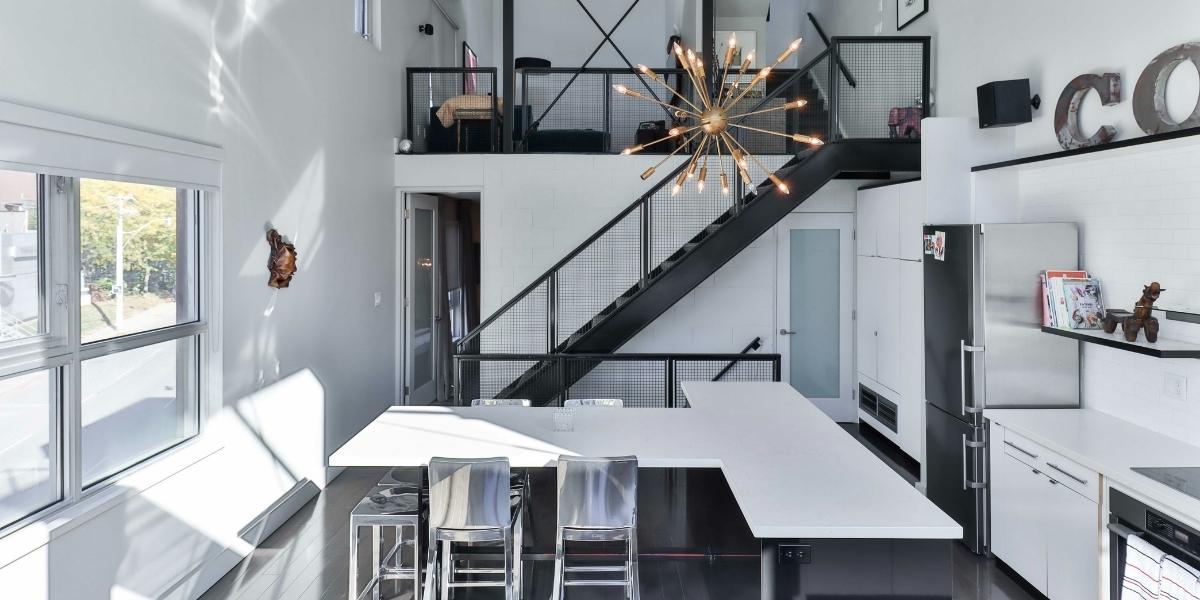Why Do Simple Home Comforts Matter So Much?
In the hustle and bustle of modern life, it’s often the simple things at home that provide the most peace. Home comforts are more than just physical objects—they evoke a sense of belonging, security, and warmth. These small, everyday elements are what transform a house into a home, providing both relaxation and a refuge from the world.
People often underestimate the power of simple comforts. It could be a favorite blanket, a cup of tea at sunset, or the scent of fresh flowers. It’s these moments that allow us to pause and enjoy life’s quieter side. In a world full of distractions, home comforts offer the opportunity to reconnect with ourselves.
Read Also: Turning Pages: Do Self-Help Books Deliver Real Change or Just Feel-Good Advice?
How Do Small Changes Make a Big Difference?
One of the most compelling aspects of home comforts is their ability to improve our well-being without overwhelming us. Small changes, like adding a cozy throw pillow to the couch or using warm lighting, can have a significant impact on mood. Experts in home design and wellness consistently emphasize how these elements support a balanced life.
The introduction of natural elements, such as wood accents or indoor plants, can create a soothing environment. These simple items do more than just fill space—they ground the atmosphere and foster a feeling of peace. Research suggests that incorporating nature into living spaces can reduce stress and improve overall mental health.
How Can Routine Create Comfort at Home?
Comfort is often a result of routine. Repetitive actions, like making a bed every morning or lighting a candle at dusk, create predictability and order. These routines bring comfort not just because they are familiar but because they allow space for mental and emotional peace.
According to home experts, home comforts don’t have to be extravagant to be effective. A warm bath or even preparing a home-cooked meal can be rituals that invite comfort into everyday life. These routines become familiar signals that the day is coming to an end, creating a peaceful atmosphere.
Why Does Personalization Play a Key Role?
Home comforts are most effective when they reflect personal tastes. A home that resonates with its residents is one that feels inviting and relaxing. Simple adjustments, like hanging family photos or choosing colors that evoke calmness, can help personalize the space. Personalization makes a home feel like a unique sanctuary.
Psychologists explain that personal touches allow us to feel a deeper connection to our environment. This connection is essential for fostering emotional well-being. When a space is filled with things that are meaningful, it serves as a constant reminder of home—of love, care, and memories.
Can Home Comforts Be Both Functional and Aesthetic?
One of the joys of home comforts is that they balance both function and beauty. A comfortable home isn’t just about aesthetics; it’s about creating spaces that are easy to live in. For instance, a well-organized kitchen can be both visually appealing and highly practical. Comfortable furniture like a soft couch or well-placed armchairs can enhance both the look and feel of a room.
While some design trends focus on style alone, the most effective home comfort strategies center around a practical, sustainable approach. Simple furnishings, ample lighting, and thoughtful arrangements help a home remain functional while still maintaining a sense of serenity.
How Does Lighting Contribute to Home Comforts?
Lighting plays a crucial role in creating a comforting atmosphere. Whether it’s natural light during the day or soft, ambient lighting at night, how light is managed in a space can transform its feel. Lighting can make a small room feel expansive or a large one feel cozy.
The strategic use of lamps, candles, and even fairy lights can change the mood of a room. Home designers recommend layering light—using a combination of ambient, task, and accent lighting—so that different aspects of the room are highlighted in a way that feels comforting and welcoming.
How Can You Incorporate Comfort in Every Room?
Each room in a home has the potential to offer its own comfort. The living room may be where relaxation happens, with comfortable seating and cozy textiles. The kitchen can be a place of warmth, not just in terms of food but through the use of inviting colors and easy-to-maintain materials. Bedrooms can become sanctuaries for rest with calming color schemes, plush bedding, and quiet, peaceful tones.
Incorporating home comforts into every room doesn’t require a complete redesign. It’s about choosing elements that make a space feel personal, relaxed, and inviting.
Read Also: The Art of Less: Discovering the Beauty of Minimalist Home Decor
What Does the Future Hold for Home Comforts?
As the world continues to change, so do the ways we seek comfort at home. The trend toward minimalist design, paired with a return to nature and sustainability, shows no signs of slowing down. People are now investing in items that bring joy, function, and sustainability into their homes. This means fewer unnecessary purchases and more focus on quality over quantity.
Future trends suggest that home comfort will remain about fostering a sense of peace and security. Whether it’s the rise of more sustainable living materials or the use of smart technology to enhance comfort, the goal will always be the same: creating a haven from the outside world.














